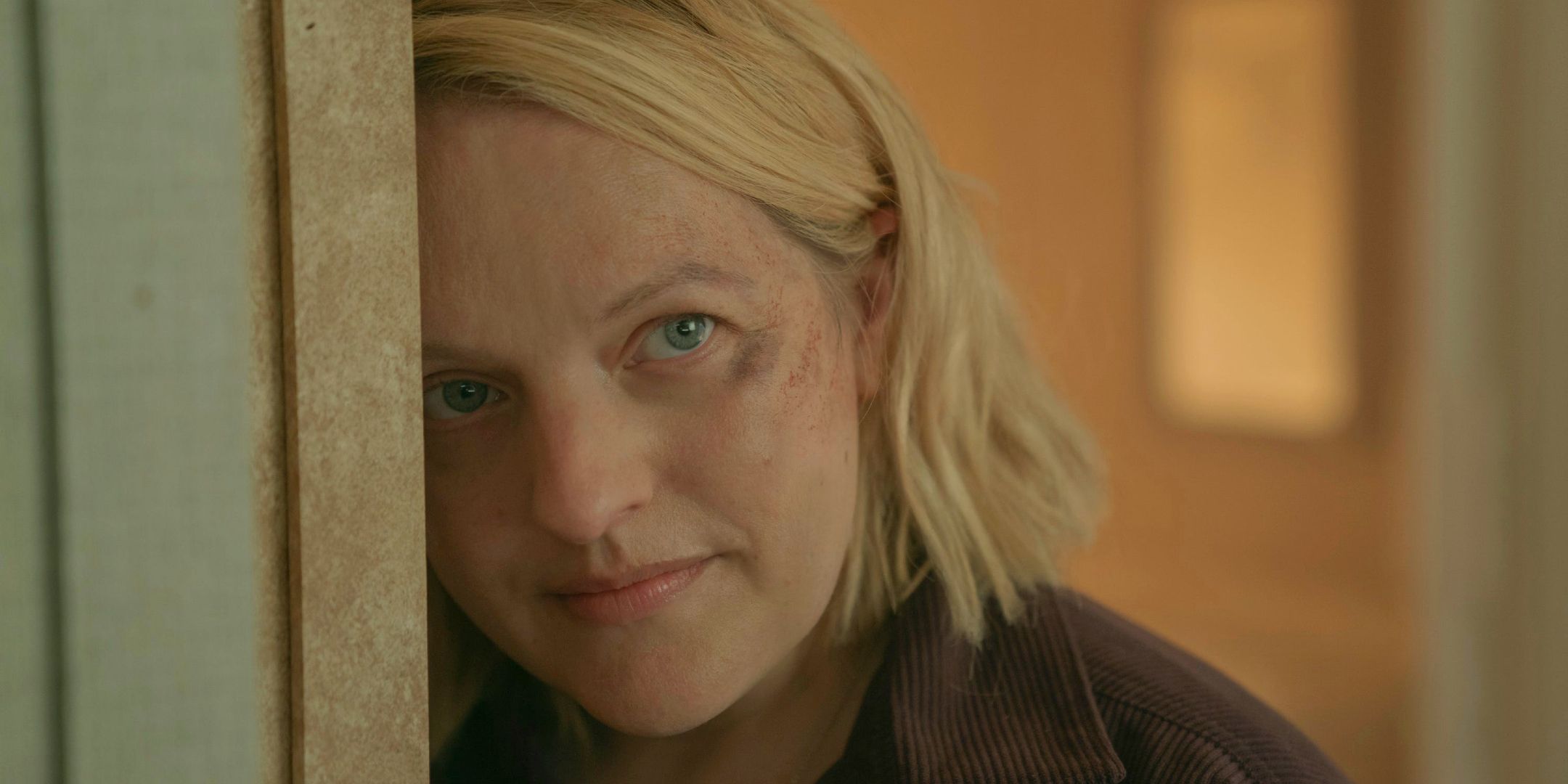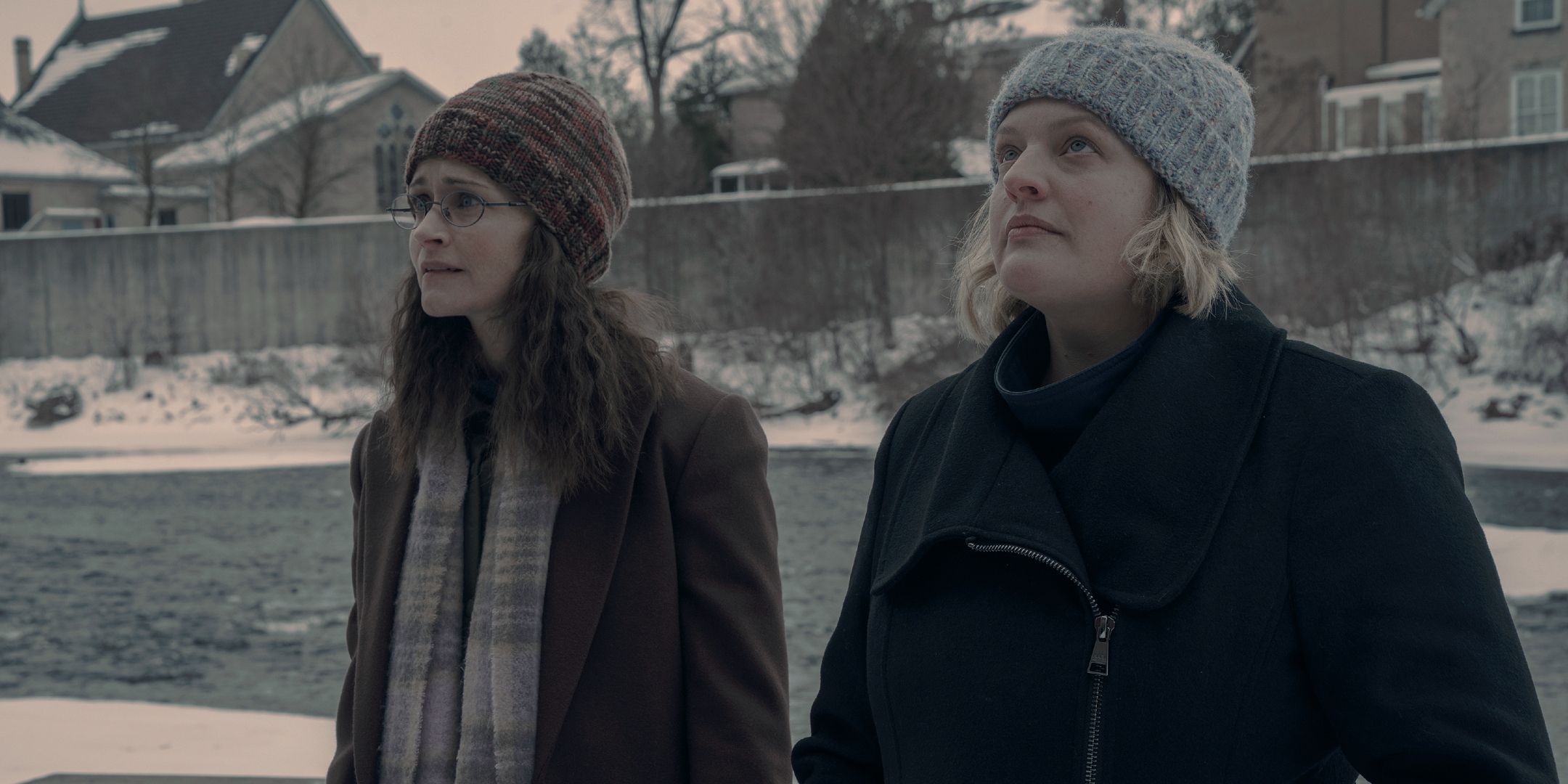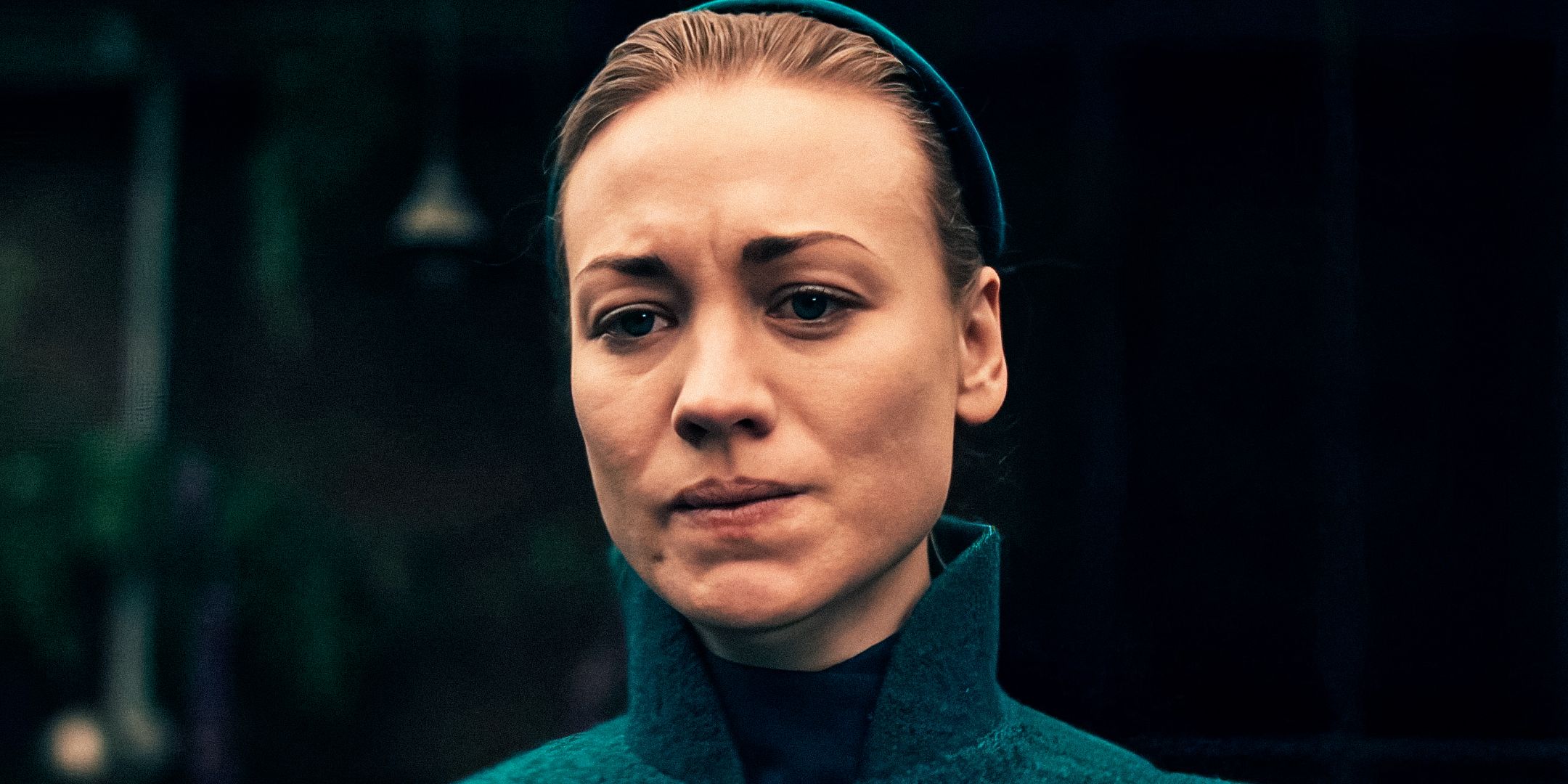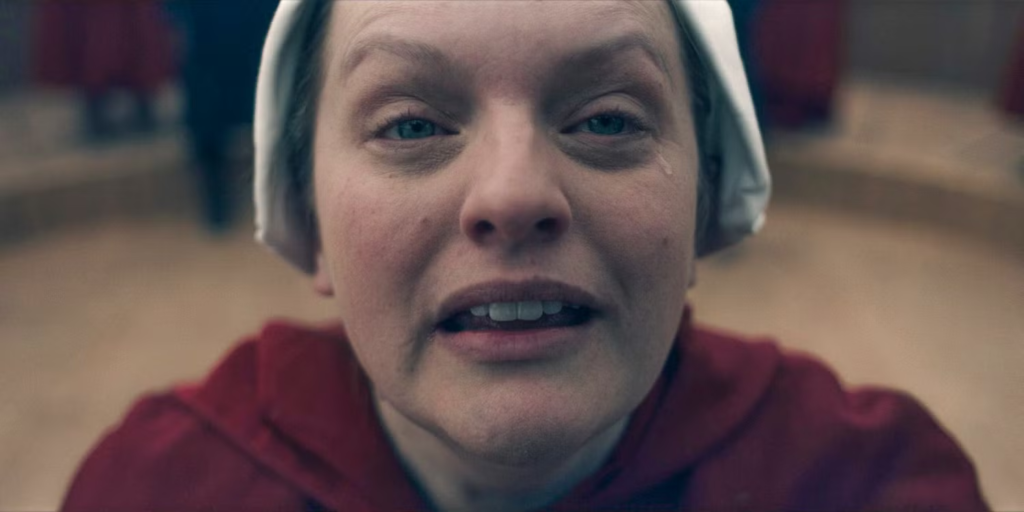The Final Shot of The Handmaid’s Tale Season 6 Was Also the Conclusion to 33 Previous Episodes
As The Handmaid’s Tale came to a close in its sixth and final season, the series finale revisited one of the show’s most recognizable stylistic choices — a decision that, while divisive, tied the story back to its roots. Based on Margaret Atwood’s 1985 novel, the Hulu drama paints a chilling portrait of a dystopian America ruled by a theocratic regime called Gilead, where fertile women are forced into reproductive slavery. The show centers on June Osborne, portrayed by Elisabeth Moss, a woman initially trapped in this system who slowly rises to resist it.

Throughout the six seasons, June’s journey has been marked by daring escapes, secret alliances, and an unrelenting fight to dismantle Gilead’s power structure. Though she eventually made it to Canada, she chose to return and fight from within. By the end of season 6, June has helped liberate the Boston area and returns to the Waterford household — a place where much of her suffering began — to reflect on all she has endured.
June’s Close-Up Didn’t Just End Season 6 — It Closed the Chapter on Over 30 Episodes

In the series’ final moments, we see June sitting alone in the now-empty Waterford home, picking up a pen to write down her story — something she’d been encouraged to do by loved ones. The camera lingers on a tight close-up of her face, the same kind of visual the show has employed time and again.
In fact, around 33 episodes of The Handmaid’s Tale have ended with some variation of a close-up on June’s face. While this motif once carried emotional weight and intensity, its frequent use has become a subject of parody and critique, with fans divided over whether it was a powerful visual cue or an overused gimmick.
The Close-Up: A Signature Shot — Both Iconic and Controversial

Even as the show’s focus broadened to include other characters and subplots, June remained the emotional and narrative center of the story. In a world where women are stripped of voice and agency, these intense close-ups helped underscore June’s inner strength and personal struggle — inviting the audience to see her not just as a character, but as a symbol of defiance.
Still, as the seasons progressed, some viewers grew tired of the repeated use of this shot. Many began to criticize it as overly dramatic or emotionally manipulative, claiming that its impact had waned due to overexposure.
A Divisive Finale That Still Brought the Story Full Circle

Despite differing opinions, the final use of the close-up in the finale felt fitting. Returning to the Waterford home — once a place of captivity — and choosing to reclaim her voice there gave the show a full-circle moment. The scene echoes season 1 in setting and symbolism, showing how drastically the world has changed because of June’s resistance.

The finale, filled with callbacks, symbolic imagery, and a title that references the name of the series itself, works more as an epilogue than a climax. While the major external battles were resolved earlier, this last episode focused on June’s personal resolution. And though the close-up may have lost some of its punch over time, ending the series with one final, lingering gaze felt like a return to the heartbeat of the story — the woman who started it all.
